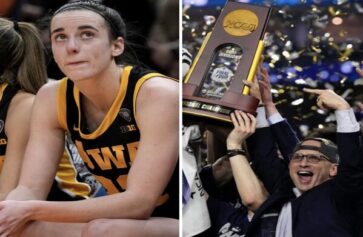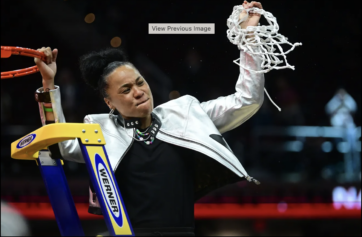The University of California-Berkeley and Under Armour have agreed to a 10-year deal that is worth almost $86 million in cash and product.
Beginning in the 2017-18 school year, the university’s athletic department will receive a $3 million signing bonus, $3.5 million in cash annually and an average annual product allowance of $4.76 million.
The new pact blows the school’s current Nike deal out of the water. Cal will receive $2 million in product and $150,000 in cash in the final year of its deal with The Swoosh.
To quote the great Randy Moss, “Straight cash, homie.” The Bears will be raking in the Tubman’s, as their cash flow intake will increase more than 2,000 percent in 2017-18.
2,000%, Your Honor!!!!
The larger school community will benefit as well, as the deal includes outfitting the university’s 34 official club sport teams in Under Armour gear, and it will guarantee that Cal’s faculty and student body get a discount on Under Armour’s connected fitness bundle, UA HealthBox.
Many in the sports-business, apparel and fitness industry are calling it perhaps the most comprehensive deal between an athletic department and a shoe company.
The interesting subtext is in Under Armour’s pursuit of school’s with outstanding academic reputations. In January, they cut a deal with Yale and have outfitted the teams at Northwestern since 2013.
And with Steph Curry’s visibility as the hottest and hippest NBA property right now, Under Armour just went on ahead and locked up the remainder of the Bay area.
The arms race is now on. Nike signed Texas to a 15-year deal late last year worth an estimated $250 million. Under Armour shocked many when they locked up Notre Dame two years ago in an arrangement that’s worth more than $10 million annually.
And Ohio State cashed in crazily with its new Nike package, thought to be worth $252 million over 15 years.
Can you say, “Mo’ Money! Mo’ Money!!!”
Yesterday, Under Armour announced that it is eyeing $5 billion in sales for fiscal 2016, a major bump from the nearly $4 billion it did in fiscal 2015.



